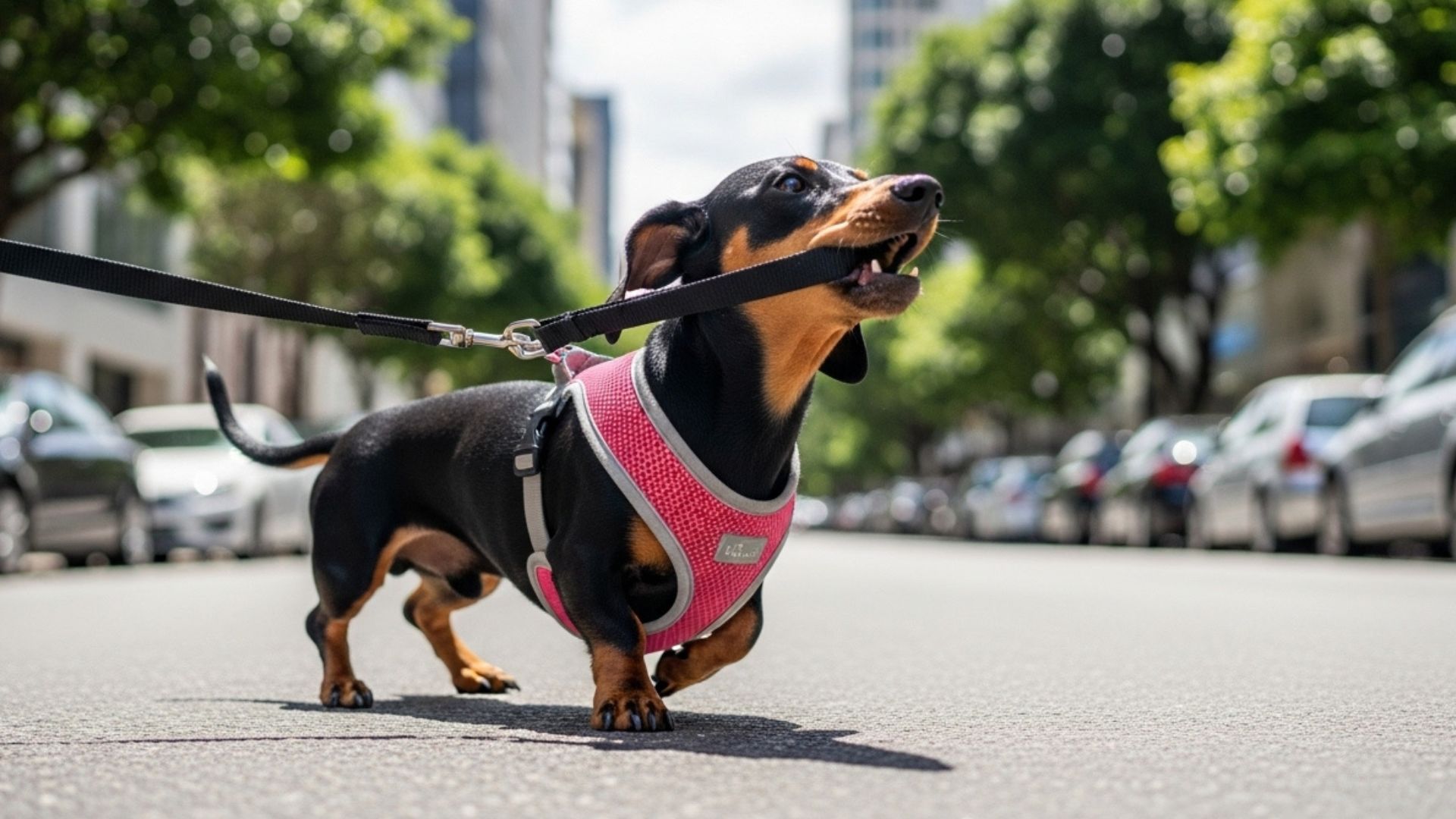Think picking your first dog is all about belly rubs and wagging tails? Not quite—some breeds are more like signing up for a full-time job in chaos management.
Did you know that in 2024, U.S. households spent over $151.9 billion on pet care—making dogs not just companions but serious financial commitments? That kind of investment means choosing a dog is more than a cute face—it’s a long-term responsibility.
For first-time owners, some breeds present hidden challenges that can quickly overwhelm even the most well-meaning novice. The wrong dog can turn dreams of cuddles and walks into stress, frustration, and expense.
In this guide, we spotlight 10 worst dog breeds for first-time pet owners—not to scare you, but to help you avoid pitfalls. These are dogs whose temperament, energy, or training needs often clash with inexperience.
Proceed carefully: Before picking a pup, arm yourself with knowledge.
Let’s explore which breeds demand more from newbie owners than many expect.
Worst Dog Breeds For First-Time Pet Owners
1. Belgian Malinois
Ranked first for good reason, the Belgian Malinois is a powerhouse of energy and intelligence. They are widely used in police and military work, but that same intensity makes them overwhelming for first-time pet parents. Without structured outlets, their drive can quickly spiral into destructive behaviors.
What makes them challenging is their relentless need for activity and purpose. Beginners may underestimate how easily boredom turns into frustration or even aggression. Handling such a demanding breed requires confidence and consistency.
Energy Level: Extremely high, thrives on constant activity
Trainability: Very trainable but requires experienced handlers
Aggression Risk: Moderate if under-stimulated or poorly socialized
Grooming Needs: Low; regular brushing is enough
Watch-Out Concern: Mental enrichment is as vital as physical exercise
For new owners who are serious, early socialization is non-negotiable. Consider agility courses, scent work, or advanced obedience training to channel their energy productively. Firm boundaries paired with mental challenges can help, but for beginners, it’s often too much too soon.
2. Cane Corso
The Cane Corso sits high on this list because of its sheer size and guarding instincts. Historically bred for protection, they’re powerful and imposing—traits that can spell trouble for an inexperienced handler. A novice owner may find themselves outmatched by this breed’s physical and mental demands.
The challenge lies in their protective streak and need for firm leadership. A Cane Corso without proper boundaries can grow territorial, which is risky in suburban neighborhoods. First-timers often don’t realize the responsibility that comes with raising such a dominant guardian breed.
Energy Level: Moderate but requires daily exercise
Trainability: Intelligent but stubborn if handled inconsistently
Aggression Risk: High if not socialized early and thoroughly
Grooming Needs: Low; minimal coat care
Watch-Out Concern: Natural guarding instincts can escalate quickly
For beginners willing to learn, the key is structured socialization from puppyhood. Positive reinforcement paired with professional training classes can prevent bad habits from taking root. Consistency, calm confidence, and controlled exposure are essential to raising a balanced Cane Corso.
3. Rottweiler
Rottweilers earn their ranking for their combination of strength, loyalty, and guarding tendencies, according to the AKC. While deeply devoted to their families, they can also become pushy or dominant in inexperienced hands. That mix makes them a difficult first choice for new dog owners.
The problem isn’t lack of intelligence—they’re very smart—but rather their need for structure and authority. If boundaries aren’t clear, they may test their owners or develop unwanted protective behaviors. First-timers often underestimate how quickly a Rottweiler can take control.
Energy Level: Moderate; needs both play and purposeful exercise
Trainability: High, but demands consistency and firm direction
Aggression Risk: Elevated if socialization is neglected
Grooming Needs: Low; occasional brushing
Watch-Out Concern: Strong guarding drive may intimidate strangers
For cautious beginners, the smartest move is to invest early in obedience training. Socializing them with people, places, and pets from a young age helps temper protective instincts.
A calm, structured household and plenty of positive engagement can help prevent problems, but novice owners often find this balancing act difficult.
4. Akita
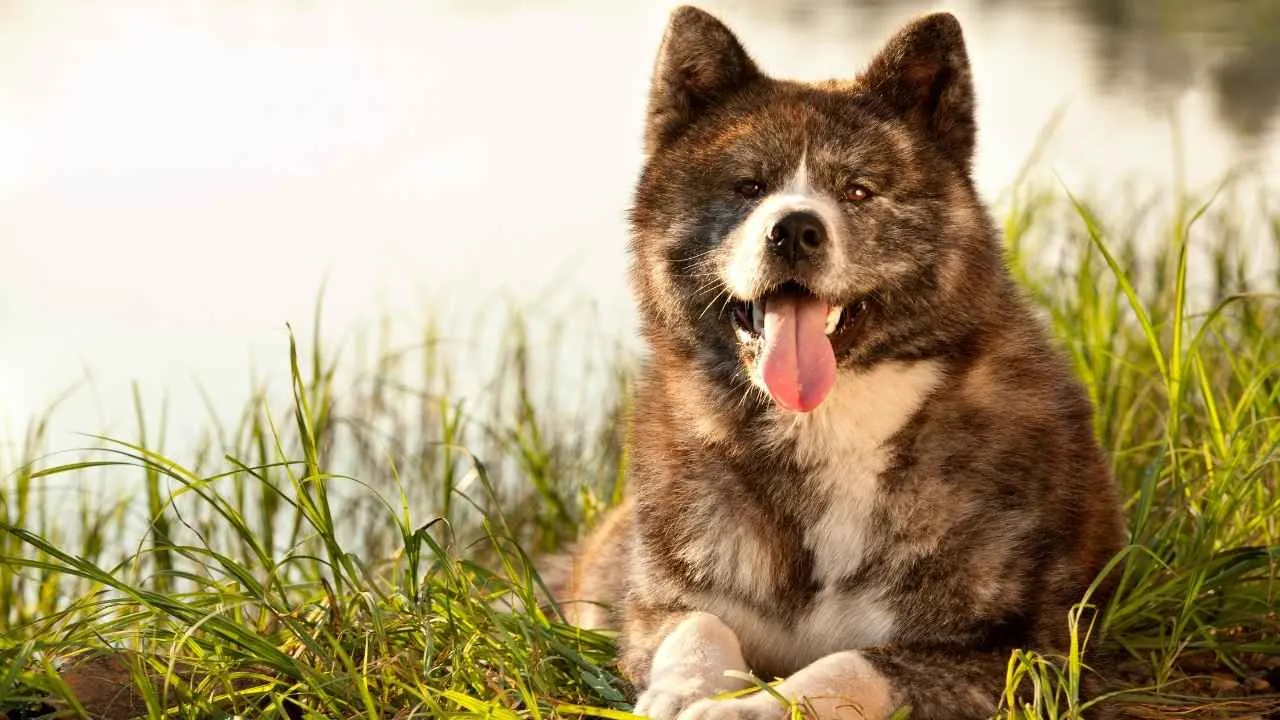
Akitas earn their place on this list because of their strong-willed, independent nature and natural guarding instincts.
Revered in Japan for loyalty, they are undeniably majestic—but that same confidence can overwhelm first-time dog owners. They often see themselves as the decision-makers, not the followers.
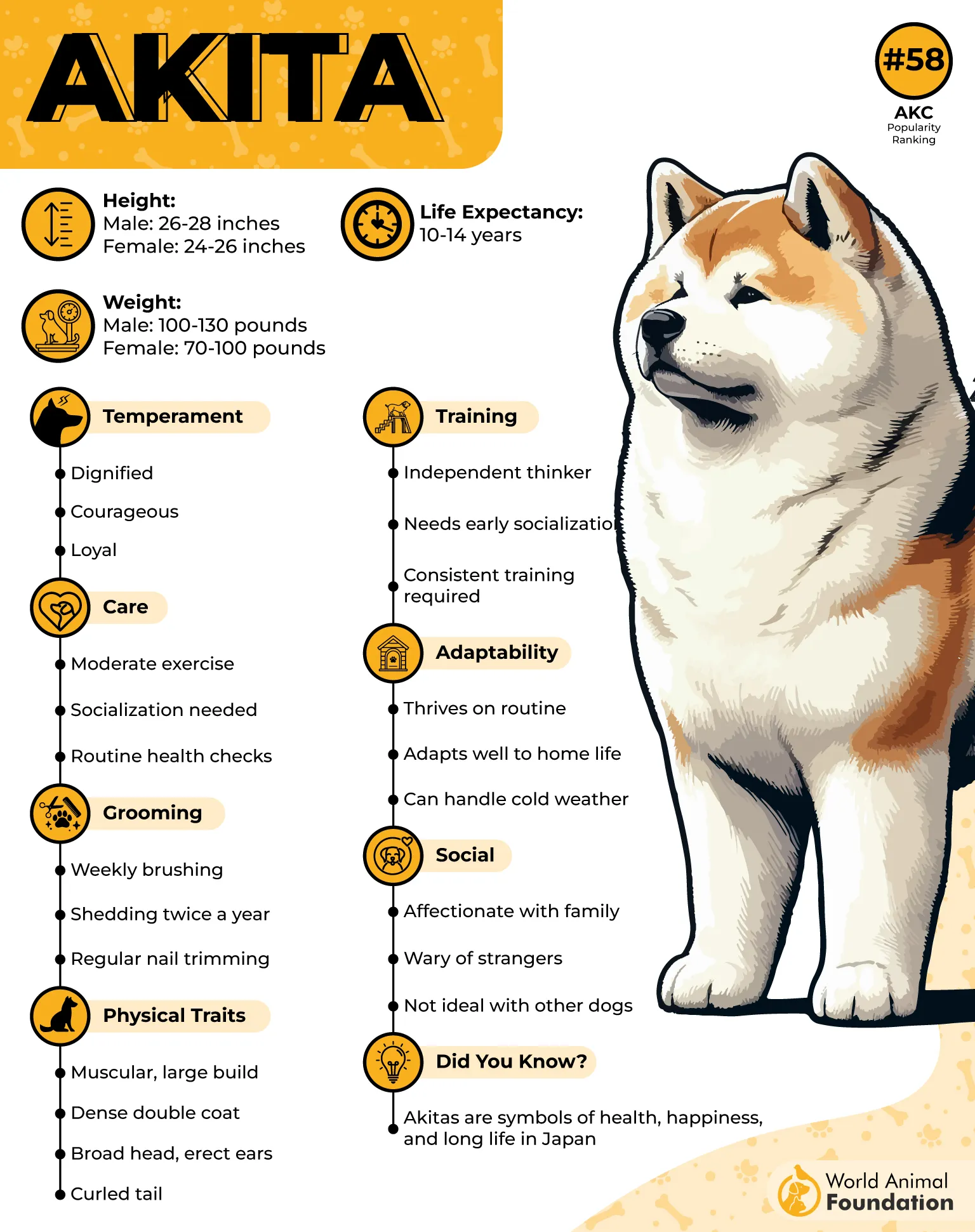
For beginners, the biggest hurdle is the Akita’s aloofness and suspicion toward strangers. They aren’t naturally eager to please and can be stubborn when asked to follow commands. Without experience in handling dominant breeds, owners may quickly feel out of their depth.
Energy Level: Moderate; prefers purposeful activity over endless play
Trainability: Low to moderate; requires patience and firmness
Aggression Risk: High with other dogs, especially same-sex dogs
Grooming Needs: Heavy seasonal shedding, requires regular brushing
Watch-Out Concern: Strong prey drive toward smaller animals
To manage an Akita, early socialization and consistent, calm training are key. Exposure to different people and situations helps curb territorial behavior. First-time owners should be prepared to enlist professional trainers and focus on positive reinforcement rather than harsh methods.
5. Chow Chow
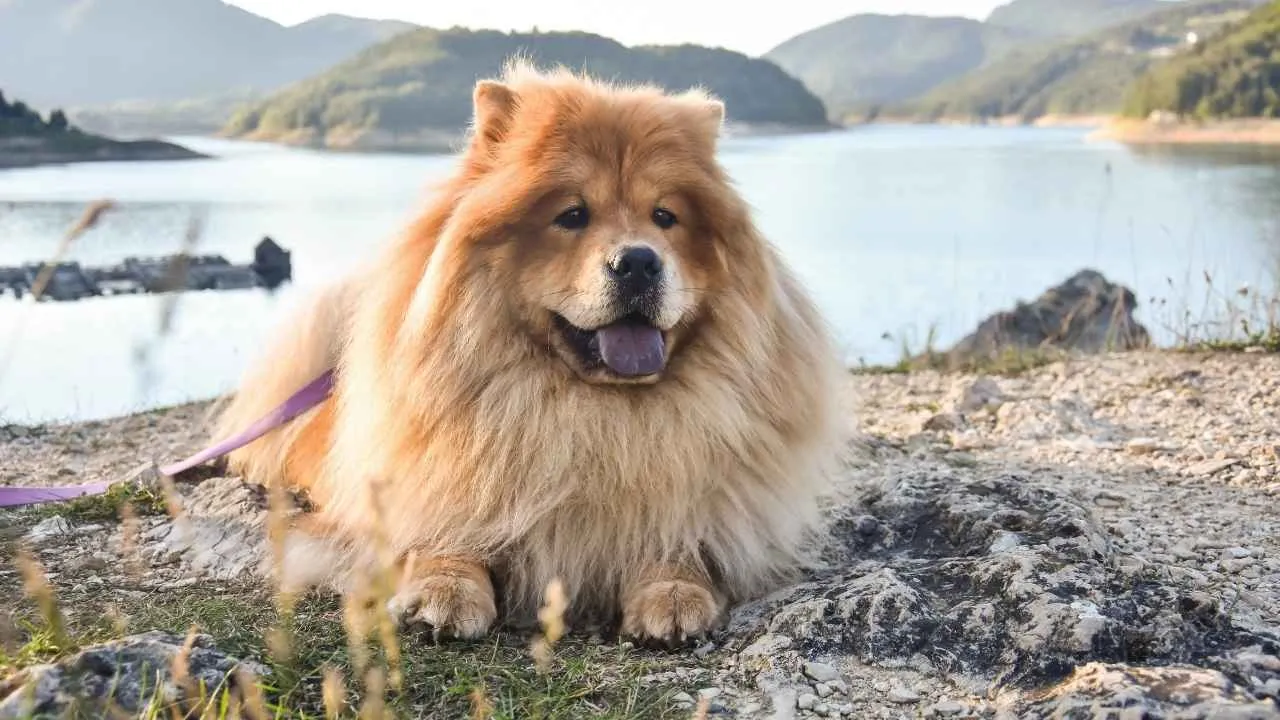
The Chow Chow often surprises new pet parents with how cat-like and aloof they are. Their lion-like mane and teddy bear appearance can be deceiving—these are not cuddly lapdogs. Instead, they carry themselves with independence and stubborn dignity, making them a mismatch for novice owners.
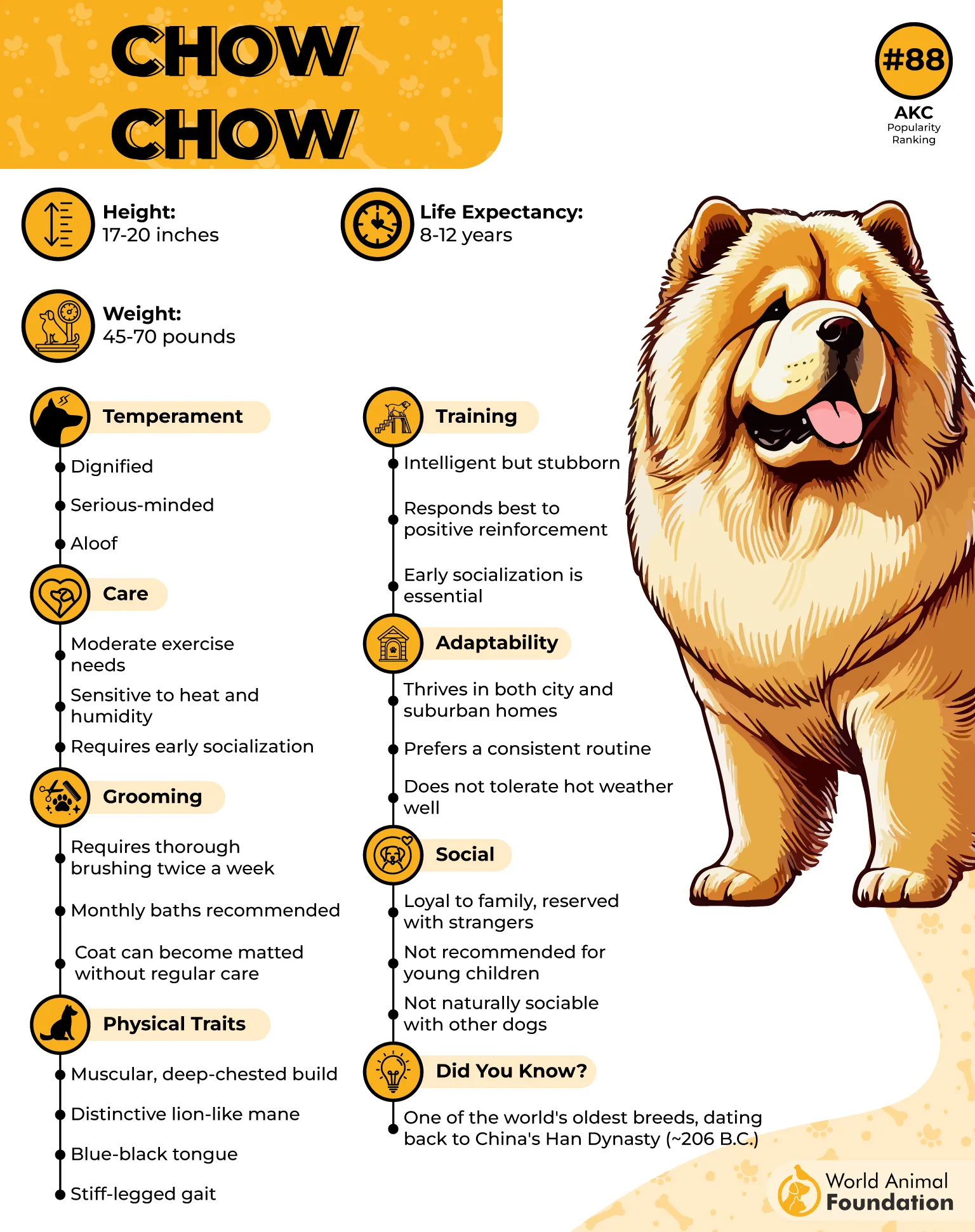
The challenge lies in their temperament: Chows can be wary, even aloof, toward people outside their family. They don’t respond well to forceful training and are prone to defensive aggression if cornered. Beginners may struggle to balance patience with firm boundaries.
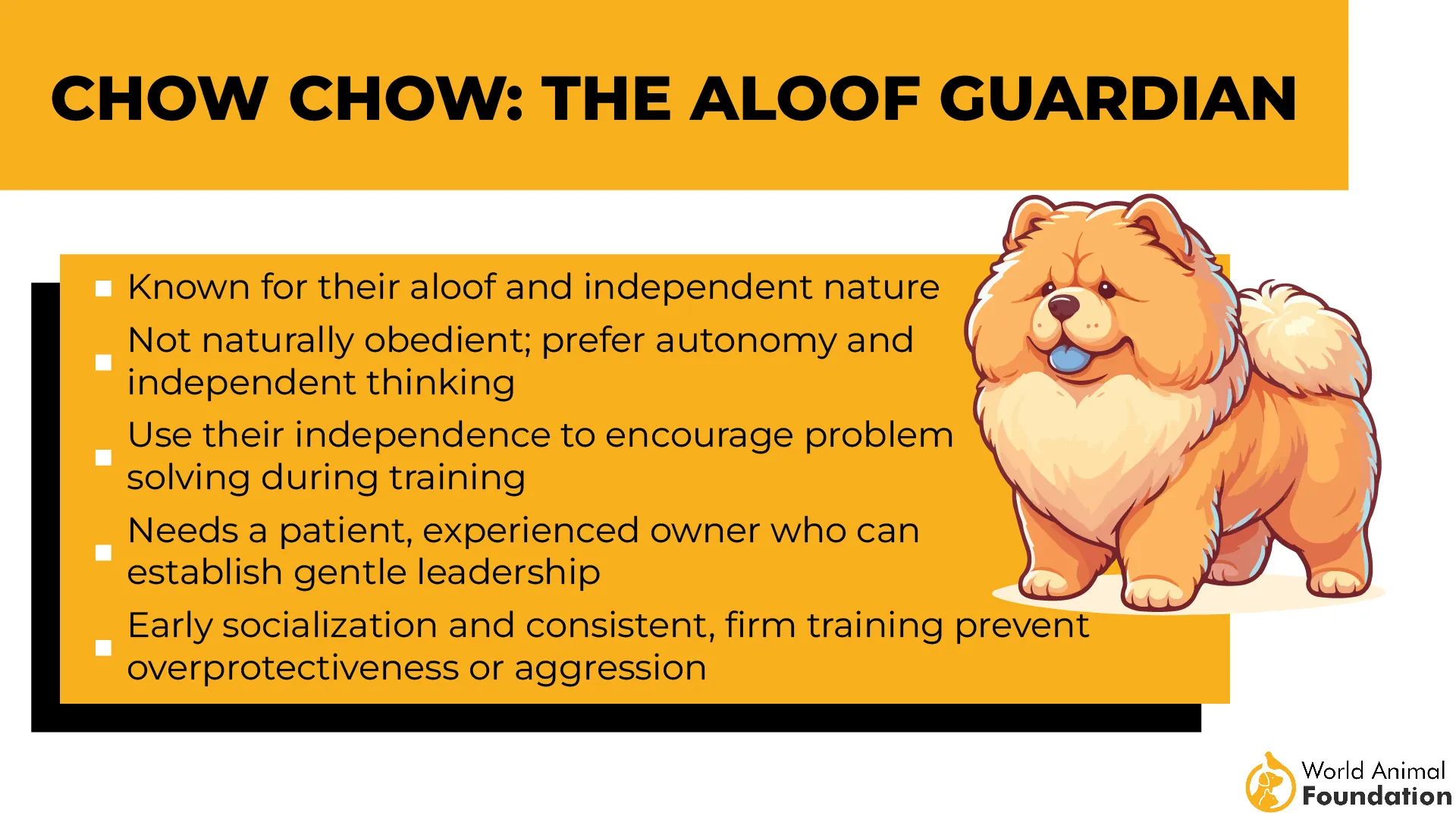
Energy Level: Low to moderate; enjoys short walks
Trainability: Difficult; highly independent
Aggression Risk: Moderate to high if poorly socialized
Grooming Needs: High; thick coat needs frequent care
Watch-Out Concern: Stubbornness makes obedience training tricky
To succeed with a Chow, socialization must begin early and be positive. Reward-based methods work best, paired with short, consistent sessions. Respecting their independence while maintaining authority helps keep this proud breed manageable—but it’s rarely easy for first-timers.
6. Alaskan Malamute
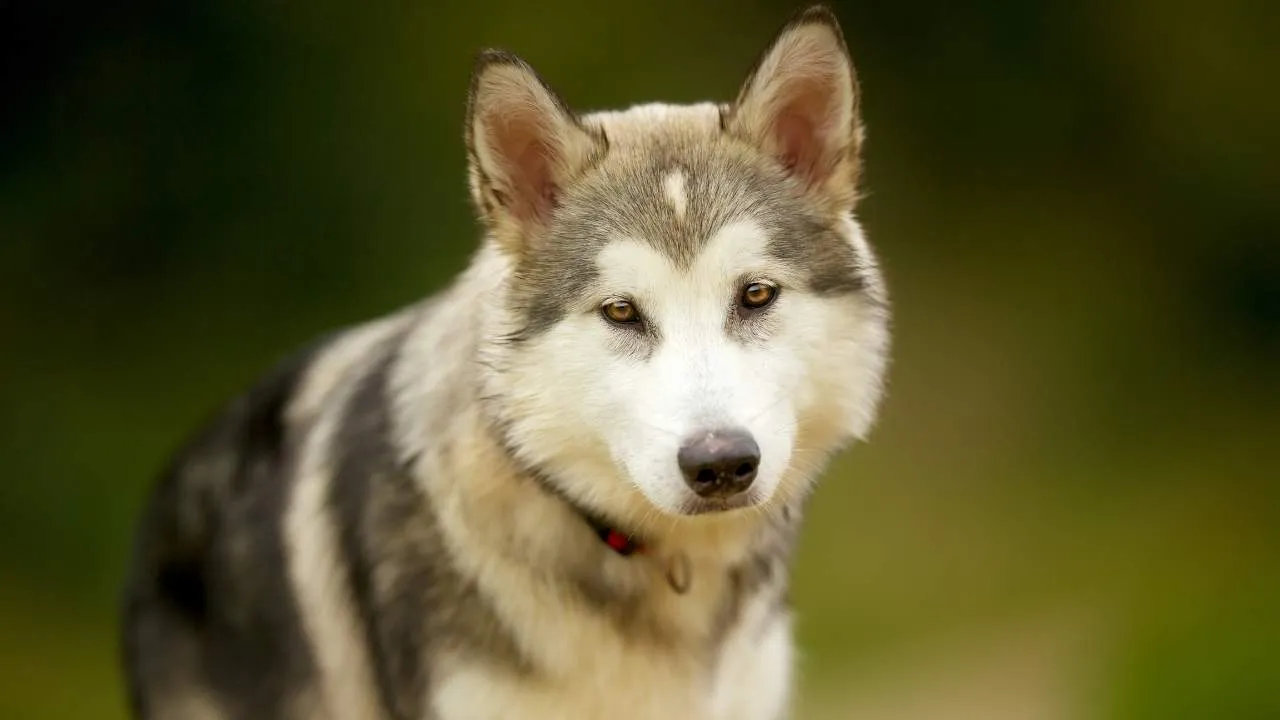
The Alaskan Malamute takes sixth place for its immense strength and pack-oriented nature. Bred for hauling heavy loads across ice, they’re powerful, resilient, and built to work—all qualities that can overwhelm inexperienced owners. Their sheer size alone makes managing them a challenge.
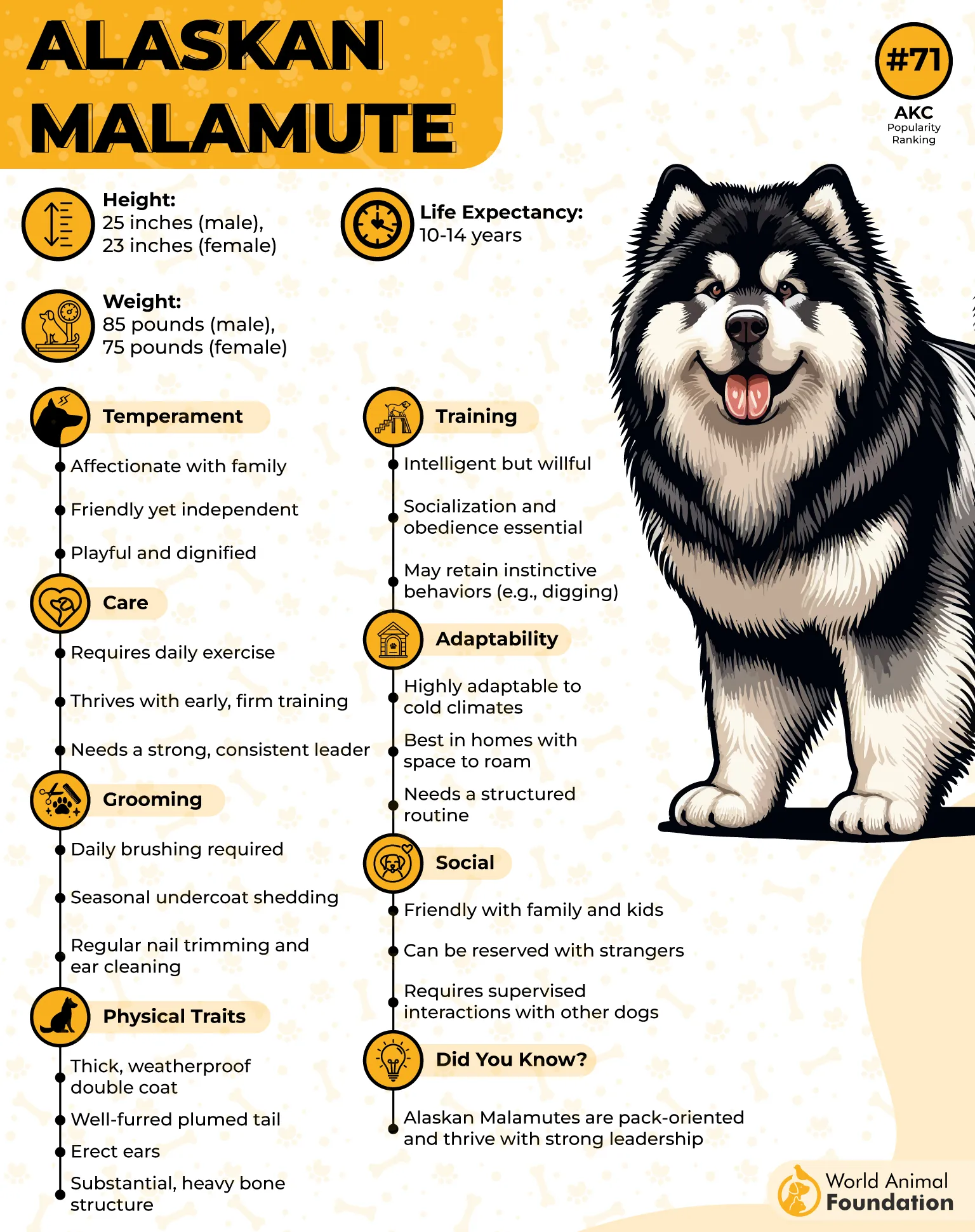
The real difficulty for beginners lies in their independence and high energy demands. PetMD warns that Malamutes are escape artists, notorious for digging, climbing, or chewing when left unstimulated. First-time owners often underestimate how much exercise and leadership these dogs require.
Energy Level: Extremely high; thrives on intense physical activity
Trainability: Moderate; intelligent but strong-willed
Aggression Risk: Moderate with same-sex dogs or dominance struggles
Grooming Needs: Heavy shedding, requires frequent brushing
Watch-Out Concern: Strong prey drive toward smaller pets
To manage a Malamute, daily rigorous exercise—like running or pulling activities—is essential. Structured training with firm, consistent rules helps prevent misbehavior. For beginners, it’s critical to invest in obedience classes and secure fencing to keep this adventurous powerhouse under control.
7. Siberian Husky
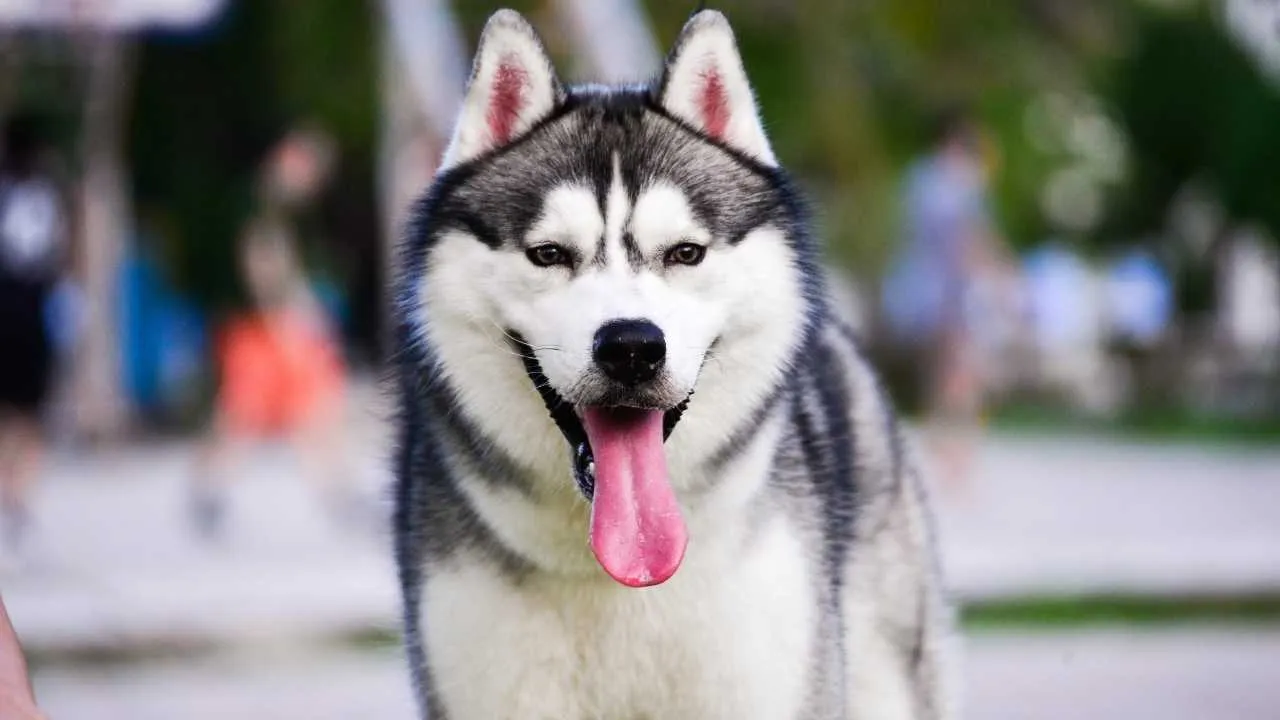
Siberian Huskies rank seventh due to their stunning looks paired with escape-artist reputations. They were bred for pulling sleds over long distances, which means endurance and independence are part of their DNA. For beginners, that mix often turns into a constant challenge.
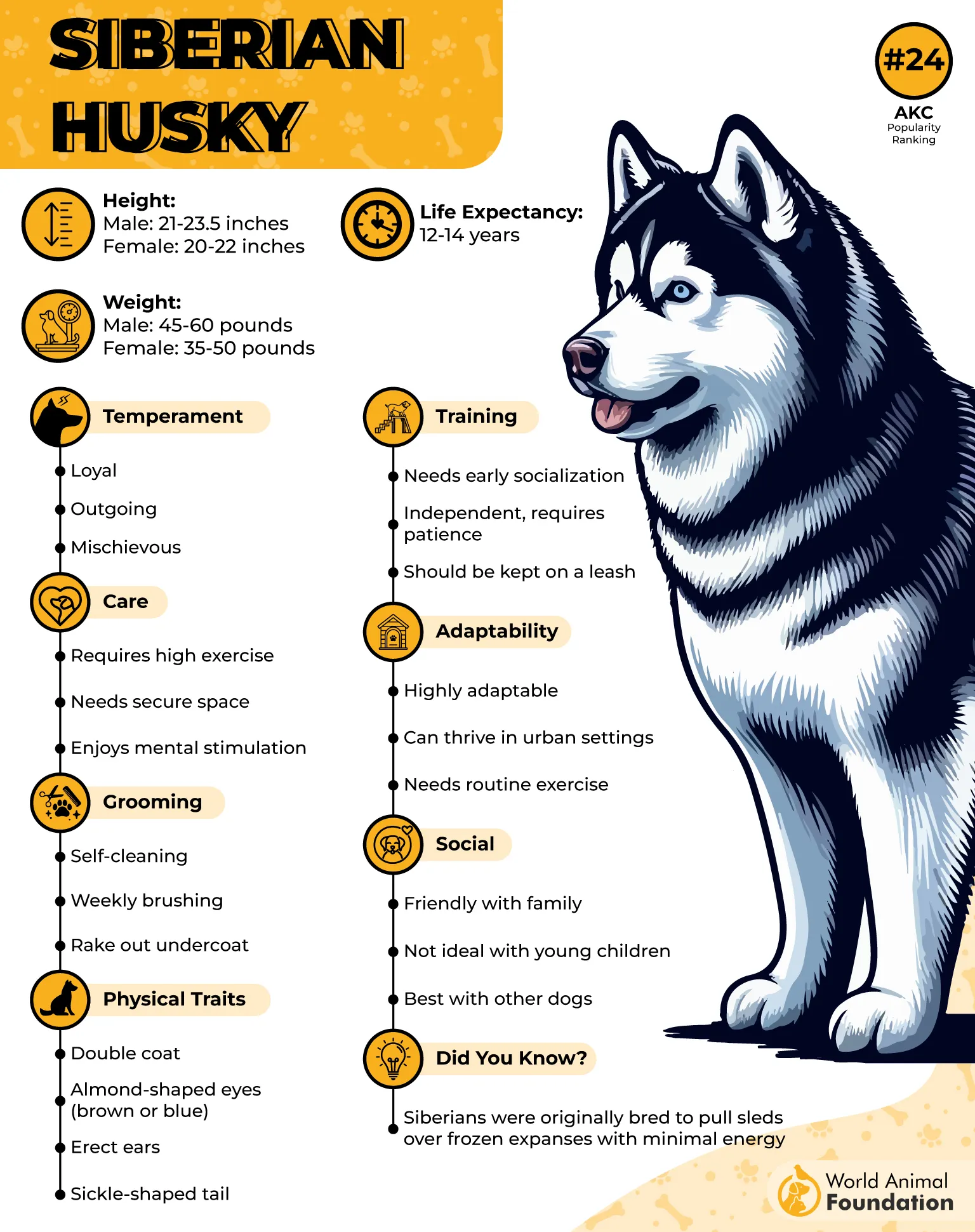
Huskies are notorious for their stubbornness and their knack for testing boundaries. They dig, climb, and run with unmatched determination, leaving first-time owners overwhelmed by their need for freedom. Without firm leadership, they quickly become unmanageable.
Energy Level: Very high; thrives on long runs and outdoor activity
Trainability: Moderate; intelligent but often willful
Aggression Risk: Low, but may fight restraint or confinement
Grooming Needs: High; heavy seasonal shedding
Watch-Out Concern: Strong escape tendencies and prey drive
To live successfully with a Husky, structured exercise and mental games are non-negotiable. Secure fencing and consistent training are critical. Beginners should be ready to embrace patience and creativity in managing this adventurous spirit.
8. Weimaraner
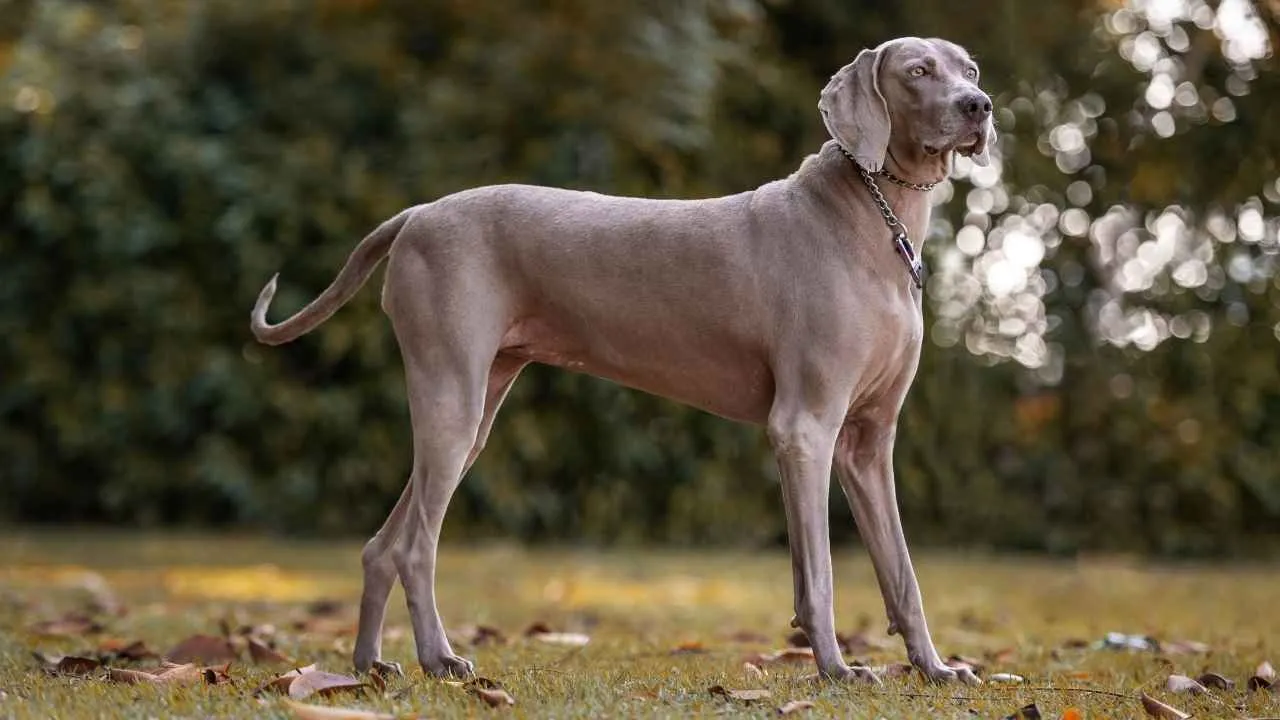
The Weimaraner, often called the “gray ghost,” lands eighth because of its restless energy and strong attachment to owners. Their striking looks hide just how demanding they can be, especially for someone new to dog ownership. They thrive on activity and constant companionship.
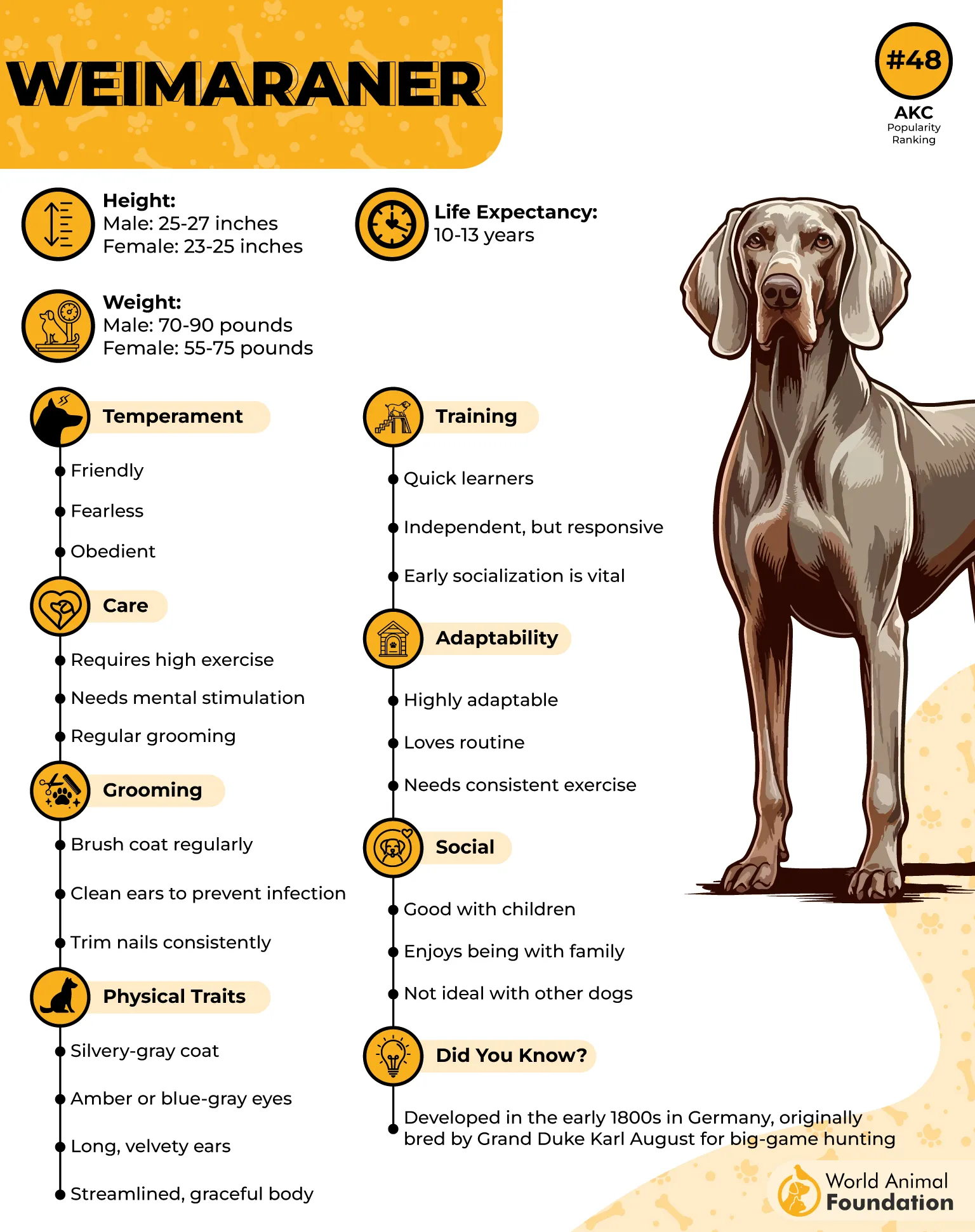
WebMD warns that the biggest struggle is their separation anxiety and near-endless stamina. Left alone, they can become destructive, chewing, barking, or pacing to relieve stress. First-time owners often underestimate their emotional sensitivity and exercise needs.
Energy Level: Extremely high; requires vigorous daily exercise
Trainability: High, but needs consistent engagement
Aggression Risk: Low, but prone to anxiety-driven behaviors
Grooming Needs: Low; short coat, easy upkeep
Watch-Out Concern: Severe separation anxiety if left alone
For better success, beginners should establish a structured routine filled with physical and mental stimulation. Crate training and gradual independence exercises can help ease separation stress. Early socialization ensures a well-balanced companion—but it’s a steep learning curve for novice people.
9. Border Collie
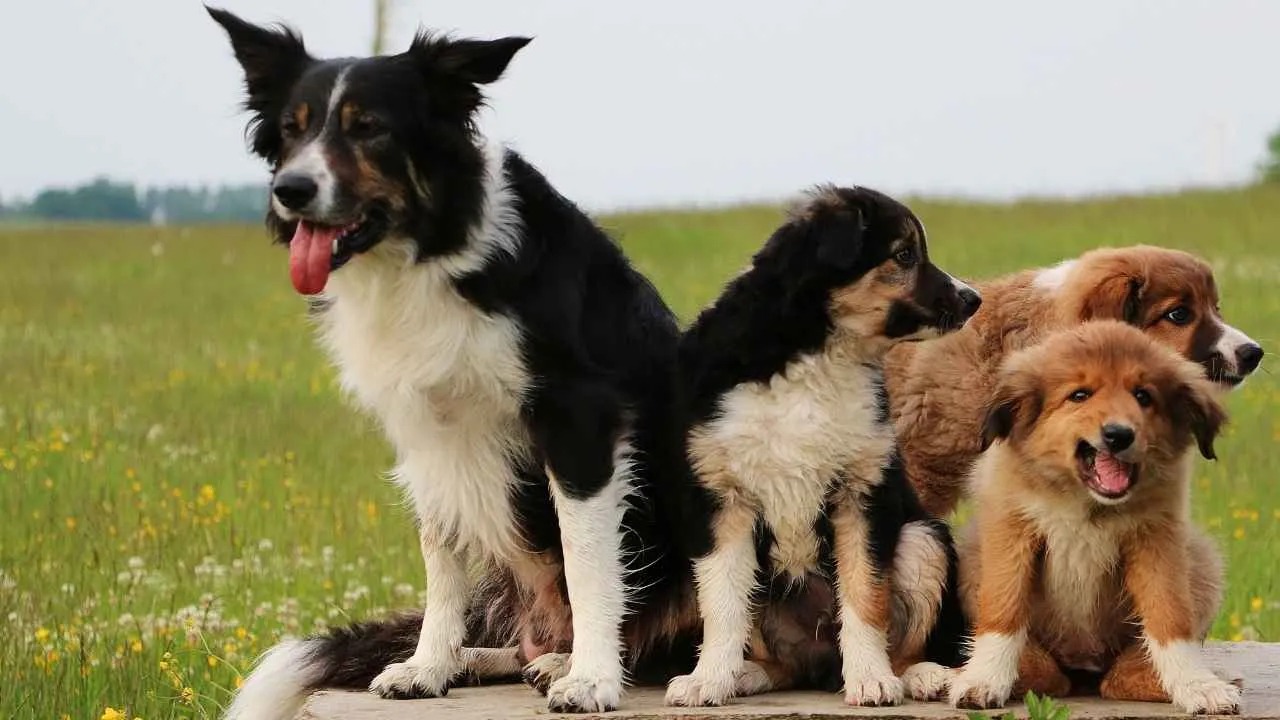
Border Collies rank ninth for being both geniuses and workaholics. Their sharp intelligence makes them one of the most trainable breeds, yet also one of the hardest for beginners. Without purpose, their brilliance can easily turn into chaos.
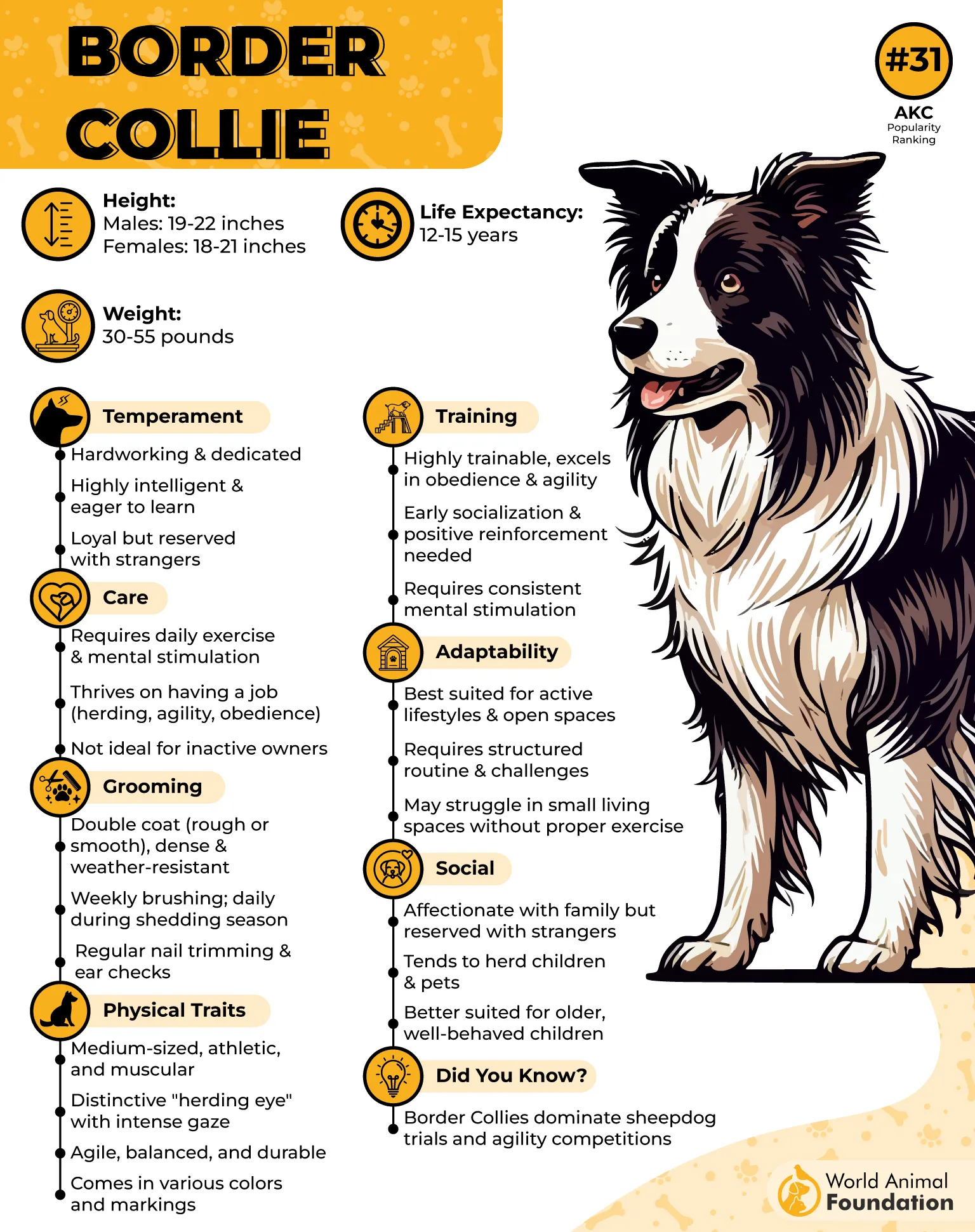
The core issue is their overwhelming need for stimulation. A bored Border Collie will invent its own “work,” often in the form of herding children, chasing cars, or tearing up the house. First-timers rarely realize how much structure this dog demands.
Energy Level: Extremely high; thrives on agility, herding, or problem-solving games
Trainability: Exceptional, but requires creative, consistent challenges
Aggression Risk: Low, but can develop obsessive behaviors
Grooming Needs: Moderate; regular brushing needed
Watch-Out Concern: Mental stimulation is as important as physical
To manage them, first-time owners must commit to advanced training, interactive toys, and daily mental puzzles. Agility or obedience clubs are excellent outlets. Without these, a Border Collie can quickly overwhelm even the most enthusiastic novice.
10. Dalmatian
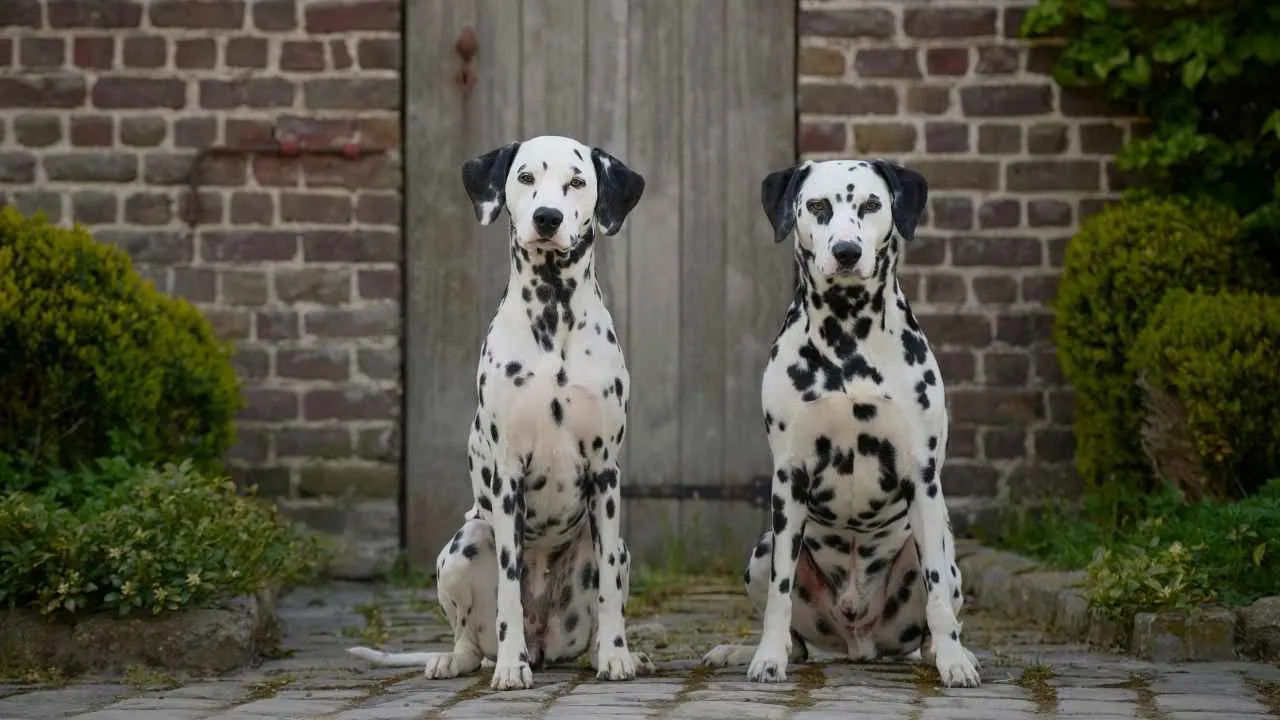
Rounding out the list, Dalmatians earn their spot at number ten for their boundless energy and sensitivity. Hills Pet explains that they are famous for their spotted coats, which look charming but can be surprisingly high-maintenance. Their need for constant activity and attention makes them a handful for beginners.
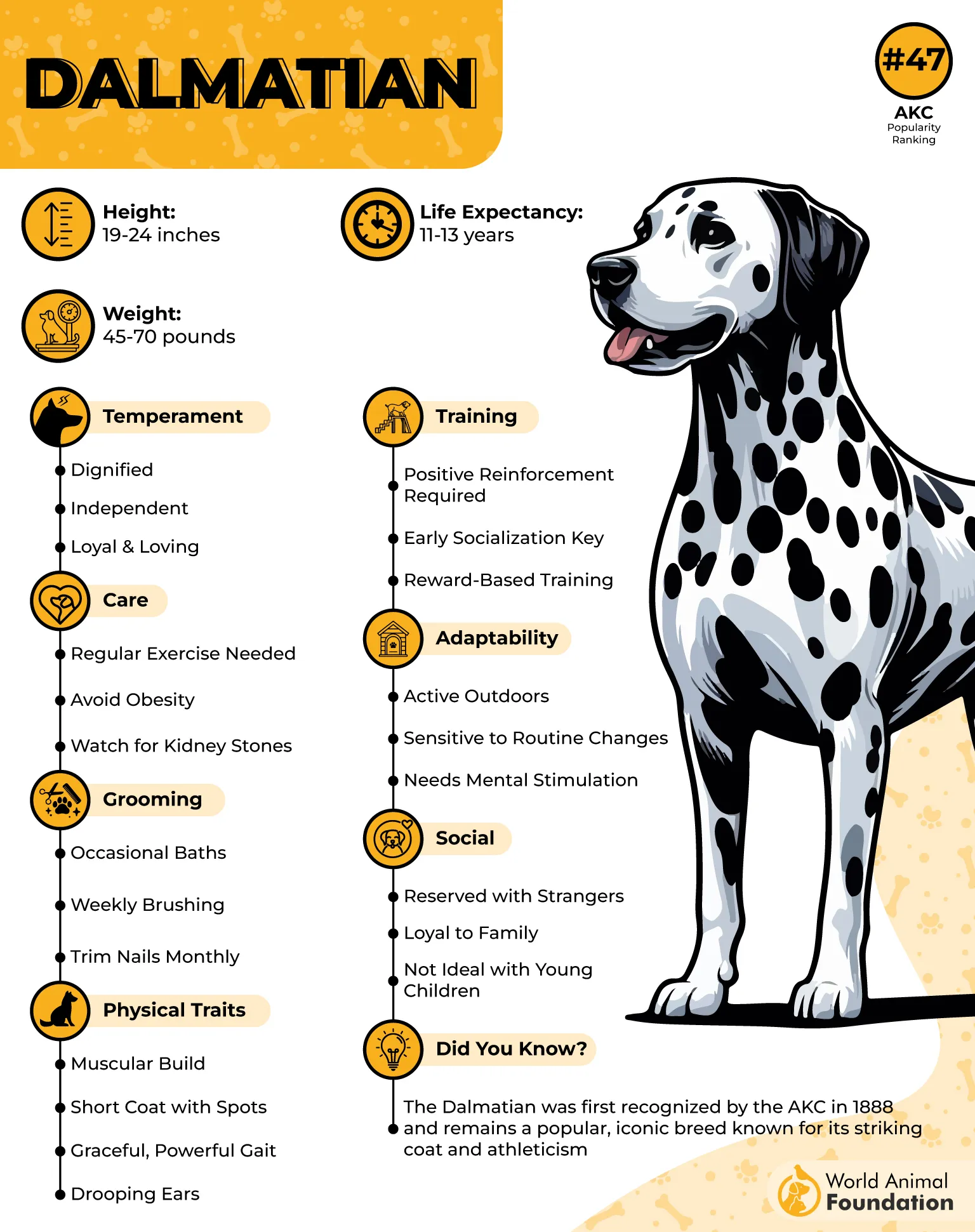
They are prone to destructive behavior when bored and can develop stubborn streaks if not trained consistently. Their history as carriage dogs explains their stamina, but first-time owners often misjudge how demanding that stamina is in a household setting.
Energy Level: Very high; requires long walks or runs
Trainability: Moderate; eager but distractible
Aggression Risk: Moderate if frustrated or under-exercised
Grooming Needs: Low; short coat but frequent shedding
Watch-Out Concern: Genetic predisposition to deafness and urinary issues
For better outcomes, structured exercise routines and patient-positive training are essential. Socialization from an early age helps curb stubborn tendencies. With dedication, a Dalmatian can shine, but beginners may find the workload daunting.
FAQs
Why are certain dog breeds not recommended for beginners?
Some breeds have high energy levels, strong guarding instincts, or a high prey drive that make them harder to manage without experience. They often require proper training, socialization, and sometimes intense training that may overwhelm first-time dog parents.
Can first-time owners handle high-energy or stubborn dog breeds?
It’s possible, but it takes commitment, patience, and guidance from vets or professional trainers. Without structure, these dogs may become aggressive, destructive, or anxious. Most beginners find it challenging to keep up with the massive amounts of activity required.
Are there safer alternatives to high-maintenance breeds for beginners?
Yes. Instead of jumping into large dogs or demanding protective breeds or puppies, new owners can look for calmer, adaptable dogs that fit their lifestyle. Adopting an adult dog that’s already properly trained can also be an ideal dog choice for a first-time pet owner.
Conclusion
Choosing your first dog is exciting, but certain breeds—especially herding dogs, sled dogs, and other protective breeds—demand proper training, proper socialization, and sometimes intense training that can overwhelm first-time dog parents.
Well-loved choices like the German Shepherd, Saint Bernard, or other large dogs may look like the ideal dog, but their high energy levels and massive amounts of exercise make them harder to handle if not properly trained.
If you’ve dreamed of owning dogs all your life, take time to research, talk to vets, and even consider adopting an adult dog. Finding the right breed means completing a bond with your pet that lasts a lifetime.


